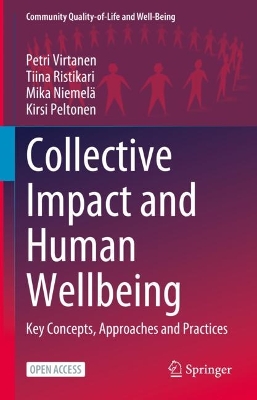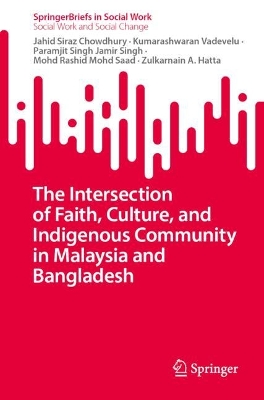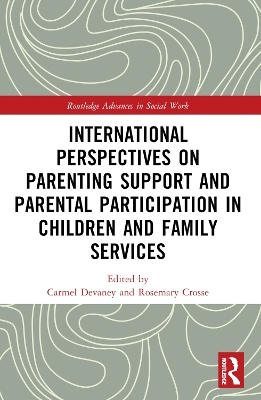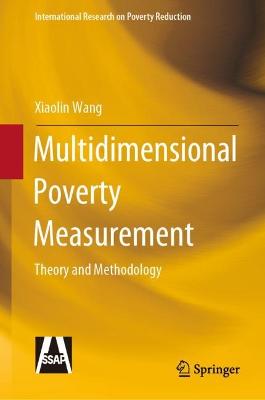Collective Impact and Human Wellbeing
 portes grátis
portes grátis
Collective Impact and Human Wellbeing
Key Concepts, Approaches and Practices
Peltonen, Kirsi; Niemelae, Mika; Virtanen, Petri; Ristikari, Tiina
Springer International Publishing AG
11/2024
169
Mole
Inglês
9783031345449
15 a 20 dias
1.1 Prologue - "Let?s talk about children!"
1.2 Why this book?
1.3 Key concepts
1.4 The organization and approach of the book
1.5 Synthesis
2. THE PHILOSOPHICAL AND PRACTICAL ORIGINS OF COLLECTIVE IMPACT
2.1 The evolution of CI approaches
2.2 "Founding fathers"
2.3 Applicable policy areas
2.4 The status quo
2.5 Synthesis
3. THE THEORETICAL AND CONCEPTUAL FOUNDATIONS FOR COLLECTIVE IMPACT
3.1 Complex systemic society and wicked societal problems
3.2 Metacognition, third-loop learning, and dialogue
3.3 Meta-governance and service-dominant -logic
3.4 Knowledge carving, making use of artificial intelligence and leading with knowledge
3.5 Synthesis
4. CASE: FINNISH LEARNING NETWORKS BASED ON COLLECTIVE IMPACT TO ENHANCE CHILDREN?S WELLBEING
4.1 The approach adopted
4.2 Building common ground and making sense of the development need
4.3 Planning and putting together the implementation mechanism
4.4 Running the programme
4.5 The role of artificial intelligence and the art of managing knowledge
4.6 Learning outcomes
4.7 Synthesis
5. THE GENERIC NATURE OF COLLECTIVE IMPACT APPROACH
5.1 From CI in utopia to utopia in CI: from scalability conundrum to scalability universe
5.2 The global and local nature of wicked problems
5.3 The future of wellbeing at individual and societal scale
5.4 Possible applicable policy areas to be address with the help of Collective Impact approach: climate change and global pandemics
5.5 A model proposed for CI-based mechanisms to address global challenges
5.6 Synthesis
6. CONCLUSIONS
6.1 Current times require the art of solving issues together
6.2 The original CI models and approaches re-visited
6.3 The way forward
6.4. Synthesis
7. REFERENCES
1.1 Prologue - "Let?s talk about children!"
1.2 Why this book?
1.3 Key concepts
1.4 The organization and approach of the book
1.5 Synthesis
2. THE PHILOSOPHICAL AND PRACTICAL ORIGINS OF COLLECTIVE IMPACT
2.1 The evolution of CI approaches
2.2 "Founding fathers"
2.3 Applicable policy areas
2.4 The status quo
2.5 Synthesis
3. THE THEORETICAL AND CONCEPTUAL FOUNDATIONS FOR COLLECTIVE IMPACT
3.1 Complex systemic society and wicked societal problems
3.2 Metacognition, third-loop learning, and dialogue
3.3 Meta-governance and service-dominant -logic
3.4 Knowledge carving, making use of artificial intelligence and leading with knowledge
3.5 Synthesis
4. CASE: FINNISH LEARNING NETWORKS BASED ON COLLECTIVE IMPACT TO ENHANCE CHILDREN?S WELLBEING
4.1 The approach adopted
4.2 Building common ground and making sense of the development need
4.3 Planning and putting together the implementation mechanism
4.4 Running the programme
4.5 The role of artificial intelligence and the art of managing knowledge
4.6 Learning outcomes
4.7 Synthesis
5. THE GENERIC NATURE OF COLLECTIVE IMPACT APPROACH
5.1 From CI in utopia to utopia in CI: from scalability conundrum to scalability universe
5.2 The global and local nature of wicked problems
5.3 The future of wellbeing at individual and societal scale
5.4 Possible applicable policy areas to be address with the help of Collective Impact approach: climate change and global pandemics
5.5 A model proposed for CI-based mechanisms to address global challenges
5.6 Synthesis
6. CONCLUSIONS
6.1 Current times require the art of solving issues together
6.2 The original CI models and approaches re-visited
6.3 The way forward
6.4. Synthesis
7. REFERENCES







